Astoria Pink Granite is a pale pink-to-cream natural granite quarried primarily in southern India and supplied worldwide as slabs, tiles, and cut-to-size pieces. It is selected by designers, fabricators and homeowners who want a warm, subtle pink palette with durable performance for both residential and many commercial uses. Visual character ranges from soft, even background tones to flowing veins and scattered darker mineral flecks; slab-to-slab variation is common—inspect full slabs before fabrication.
Purpose and common uses
Common applications include kitchen countertops, bathroom vanities, backsplashes, interior flooring, stair treads, fireplace surrounds, and exterior cladding in non-critical freeze–thaw zones. Its warm tint is chosen where a softer alternative to stark white or cool greys is desired.
Performance and real-world quality
Astoria Pink exhibits the mechanical strengths expected of quality granites—high compressive and abrasion resistance, low water absorption, and good heat resistance. Exact mechanical figures vary by quarry and batch; suppliers publish example datasheets that should be confirmed for the batch you intend to buy. Note: light-coloured granites show stains, grout residue and adhesive marks more readily than darker stones.
Materials and manufacturing notes
Geologically, Astoria Pink is an igneous rock composed of quartz, feldspar and accessory mica/biotite; darker accessory minerals create the specks and veins. Blocks are sawn into gangsaw or cutter slabs and calibrated to 2 cm and 3 cm thicknesses, then finished by polishing, honing, leathering, flaming or brushing. Some suppliers perform resin stabilization to fill microfissures—request treatment disclosure.
Parameter |
Description |
| Slab Sizes | Gang Saw Slabs: 280 x 180 CM up in 2, 3 CM, and other Cutter Slabs: 180 x 60 CM up in 2, 3 CM, and other |
| Tiles | 30×30, 30×60, 40×40, 60×40, 60×60, 60 x 90, 60×120 CM in various thicknesses and custom sizes |
| Thickness | 6 mm, 18 mm, 20 mm, 30 mm & custom options |
| Others | Window sills, thresholds, monuments, steps & treads, flagstones, & articles available in custom sizes |
| Finishes | Flamed, Polished, Lepatora, Honed, Brushed, Bush – Hammered and Leather |
| Standard Thickness | 18 MM (other thicknesses available) |
| Place of Origin | South India |
Maintenance and care
Daily cleaning with a soft microfiber cloth and a pH-neutral stone cleaner keeps the surface looking its best. Avoid acidic cleaners (vinegar, lemon) or abrasive scouring agents which can dull polish or damage sealers. Use the simple water-drop porosity test: reseal when water no longer beads. Typical reseal intervals for granite are 1–3 years depending on traffic and sealer type. Promptly blot oil and coloured liquids to minimize staining.
Installation and compatibility notes
Fabrication and installation should be handled by experienced stone fabricators using diamond tooling, correct templates and polymer-modified mortars or epoxy seam adhesives. Light-colored slabs reveal seams and adhesive color differences more easily—match seam epoxy to the slab. For exterior use, confirm freeze–thaw resistance for the specific lot before specifying outdoors.
Some natural granites, including Astoria Pink, can contain iron-bearing minerals that oxidize internally and create small brown or rust-hued spots over time. These internal oxidations may not show on small plane samples. For critical visual projects, request a cut-face inspection or a slab section to check for internal iron staining before purchase. This precaution is commonly advised by stone restoration and trade experts.
Pros & Cons
Pros
- Warm, elegant pink-cream palette for soft interiors.
- Strong compressive and abrasion performance typical of granite.
- Multiple finish options (polished, honed, flamed, leathered).
- Suitable for countertops, flooring and many exterior uses when frost-resistant lots are chosen.
Cons
- Light colour shows stains and residue more readily than darker stones.
- Natural variation between slabs—requires on-site slab inspection and matching.
- Warranty, lab tests and lead times vary by supplier; not standardized publicly.
Who should / should NOT buy
Who should buy:
- Designers/homeowners seeking a warm, pale pink natural stone.
- Projects needing heat resistance and good wear performance.
Who should NOT buy:
- Buyers wanting zero-maintenance engineered surfaces.
- Projects that cannot tolerate any visible staining or color variation.
Alternative Names of Astoria Pink Granite: Astoria Granite, Astoria Cream Granite, Astoria Beige Granite, Astoria Ivory Granite
FAQs
Q1: Is Astoria Pink Granite suitable for kitchen countertops?
Yes- it resists heat and abrasion well; seal and clean promptly to avoid visible stains.
Q2: How often should it be resealed?
Typical guidance is every 1–3 years depending on use and sealer performance—use the water drop test.
Q3: Where is Astoria Pink quarried?
Primarily southern India; origin and quarry affect appearance- confirm with supplier.
Q4: Can it be used outdoors?
Many batches are used outdoors; verify freeze–thaw resistance for the specific lot.
Q5: What finish works best for floors?
Honed or leathered finishes provide better slip resistance; polished is common for countertops.


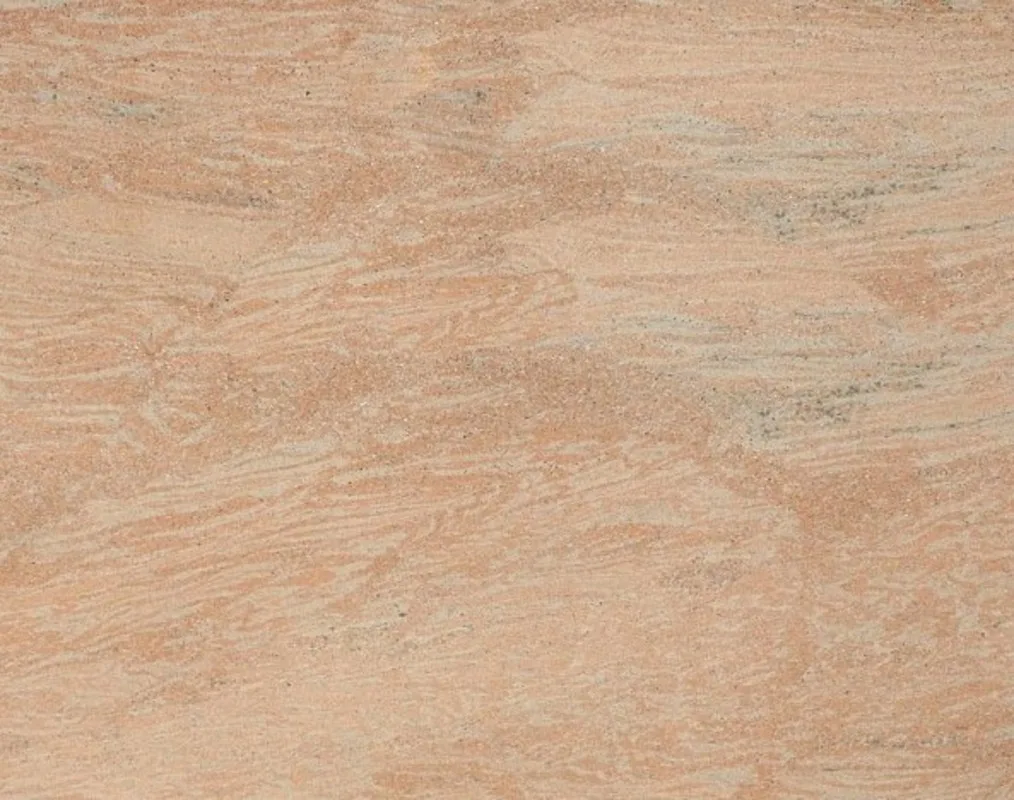
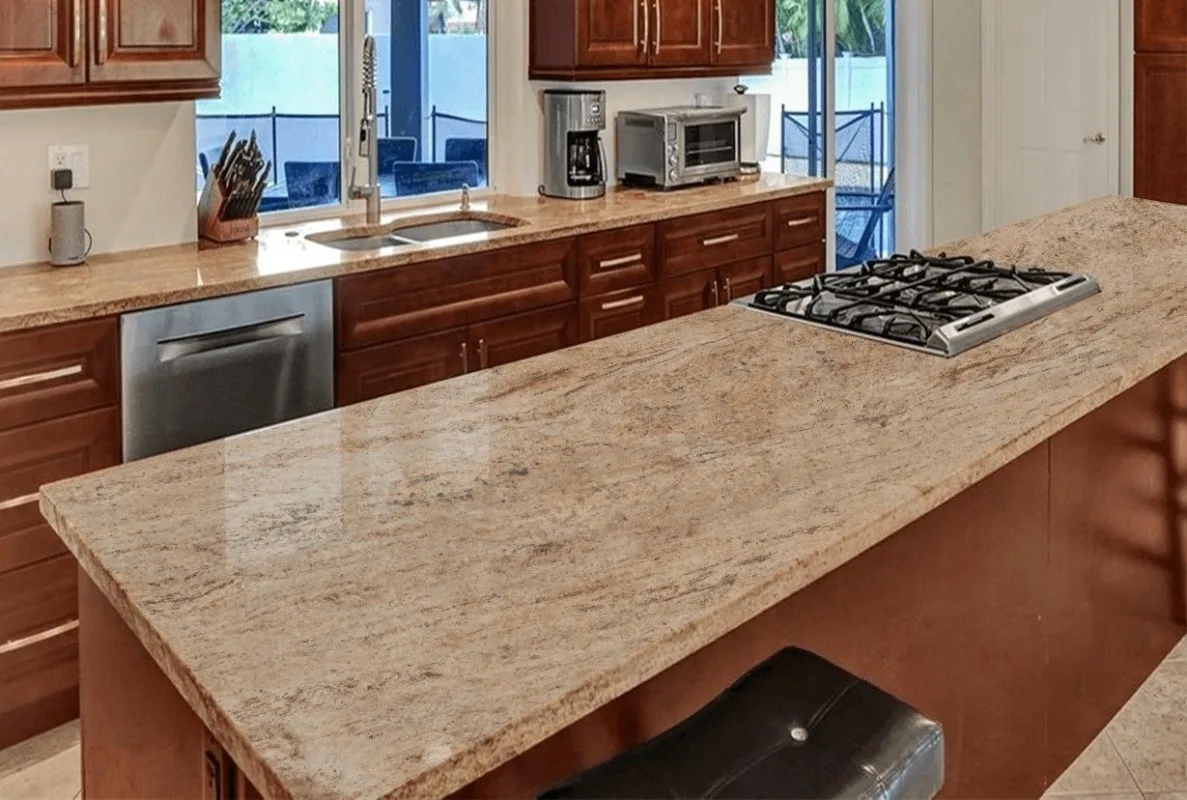
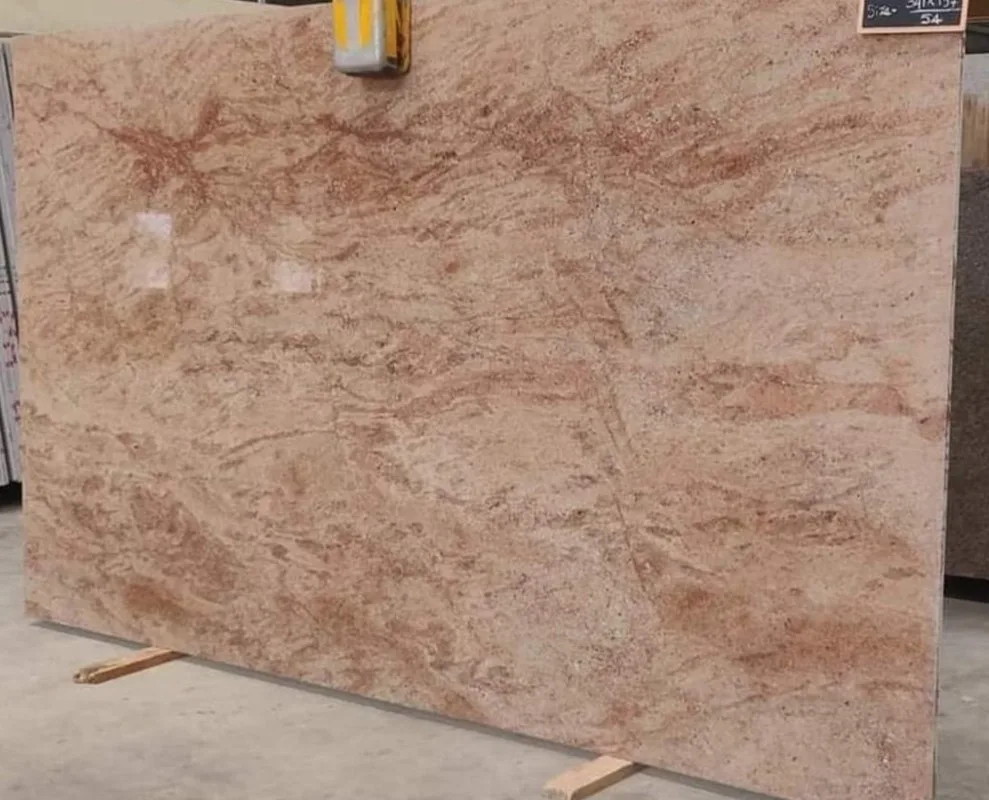
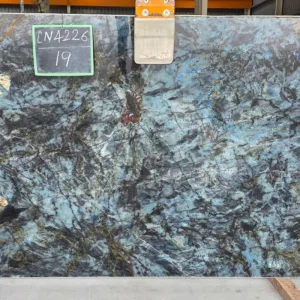
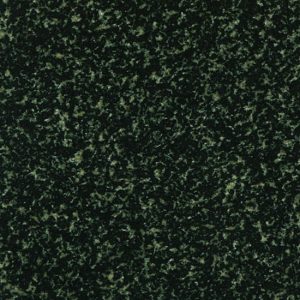
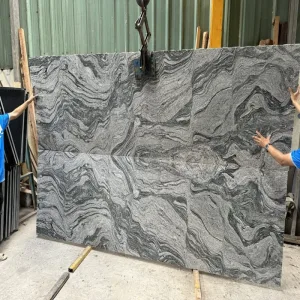
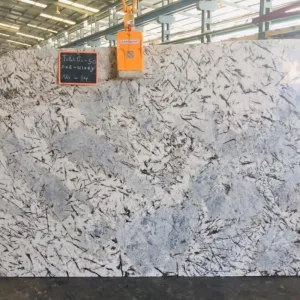
Reviews
There are no reviews yet.